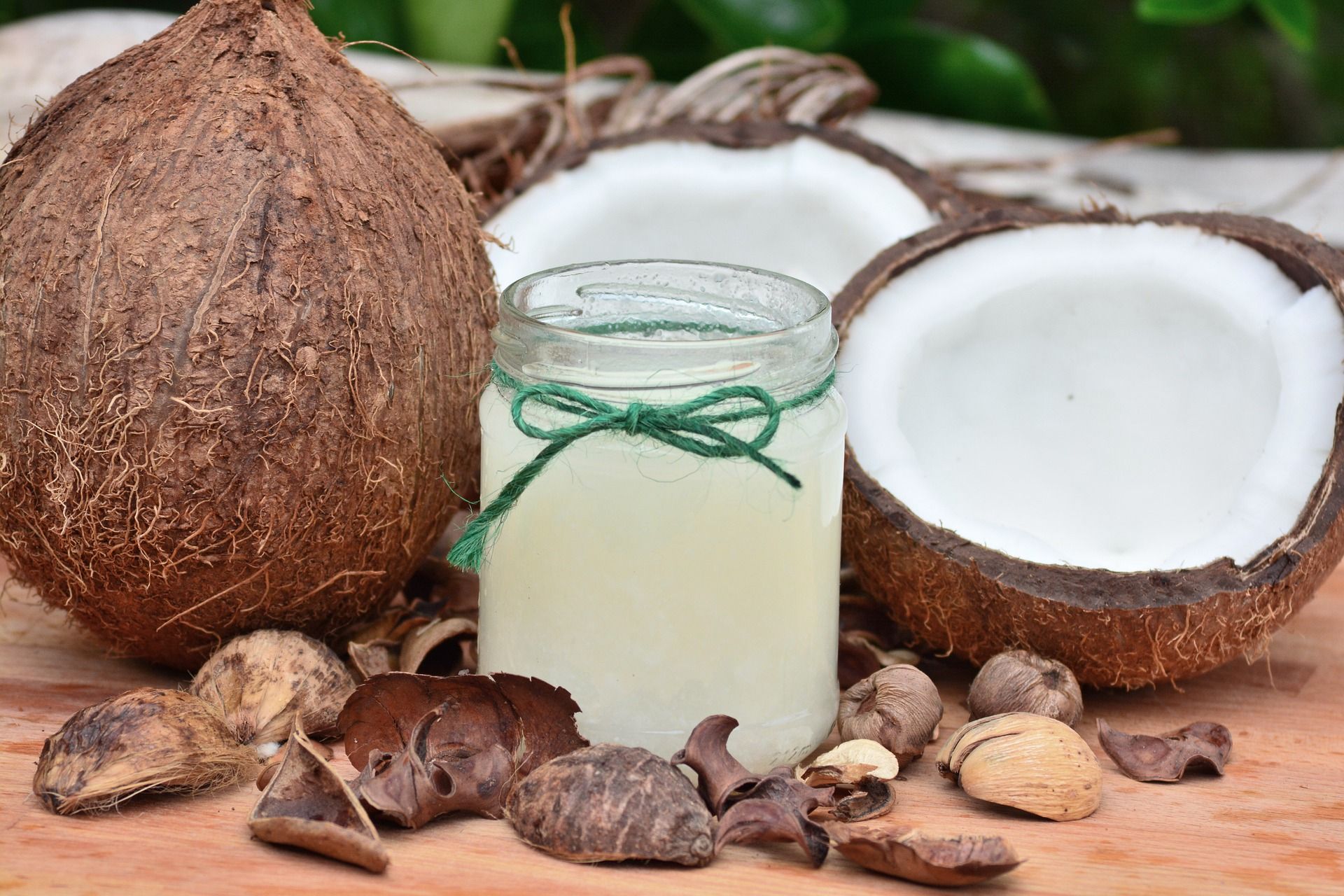As breeze filled mornings melt into lazy afternoons and the sun reaches its vibrant seasonal heights, there is a sense of tender nostalgia that prevails as summer sets in.
People line parade-filled streets, colorful flowers show their charming faces, gardens hang heavy with plump veggies and bright berries, and sandy toes bring traces of the beach into our homes.
With the ample hours of sunlight bringing an opportunity to frolic about outdoors, summer certainly provides a chance to refresh and revitalize both the body and mind.
Yet, one of the last things you probably want is to end up with is a raw, stinging sunburn nor is it desirable to take a time out to slather yourself in slippery, white, chemical-ridden sunblock. So, let’s explore some all natural solutions for your sun-worshipping woes.
Here comes the sun...
Generally, we tend to think of sunlight as a relatively basic concept- something that can be simplified to a circle with a bunch of lines around it, drawn onto a page with a yellow crayon.
Yet scientifically speaking, sunlight is actually quite complex. Sunlight can be more technically defined as the total frequency spectrum of the electromagnetic radiation emanated from the sun.
Made up of about 1,500 different wavelengths, it is comprised of infrared, visible and ultraviolet light, which filter through the atmosphere to reach us on earth in what we experience as crisp, beautiful daylight.
Apart from the obvious necessity of sunlight for visibility, warmth and also for photosynthesis of the plants we eat, studies have revealed numerous benefits for humans including:
- Vitamin D synthesizing: the UVB rays of the sun react with cholesterol derivatives in the skin to produce this important nutrient. Without sunlight, this conversion cannot occur and the body must rely on the available sources in foods.
- Increased daytime awareness: studies show that natural light (over artificial) enhances alertness, drive and focus.
- Natural pain killer: several studies have shown that sunlight can have an analgesic effect, easing pain.
- Mood enhancing: spending time in the sun increases serotonin, your feel-good hormone.
- Cortisol regulating: research has highlighted the effects of natural light/dark cycles on maintaining a diurnal flow of cortisol to modulate energy and stress.
- Energy creating: researchers are currently looking into the potential of the sun to use a pigment in the skin called melatin to create energy for the cells.
Tips for safe sun exposure
Limit Time in the Sun
Especially early in the season, your skin needs time to adjust so that the melanocytes kick into gear to produce their protective pigment (resulting in a tan).

Also note that the body reaches its full capacity of producing Vitamin D in anywhere from 20 minutes to 1 hour midday, depending on your skin tone.
So after this amount of time, cover up using loose, white clothing or by finding shade. And yes, although it may be counterintuitive, white clothing has actually been scientifically proven to help keep the body cooler than wearing no clothing.
Consume more Vitamin D
While the sun helps us to manufacture vitamin D, consuming vitamin D rich foods like fermented cod liver oil and/or supplementing with quality source of oral vitamin D3 can in turn help to protect us from the UV radiation of the sun.

What a brilliant cycle nature created! Learn how to best absorb vitamin D from your foods and you may very well find that your tolerance to sun exposure increases significantly.
Eat saturated fats
It’s true, healthy fats do truly relate to everything. Including stable, robust fats in the diet is crucial to resilient skin. Dietary fats and oils provide building blocks for skin tissues.
Logically, if your skin is enriched with fragile oils, it will be much more sensitive to damage by the sun.
Balance your mineral intake
Deficiencies in certain minerals such as zinc and magnesium can cause photosensitivity and sun rashes.
Be sure to have your mineral status checked and consume mineral rich foods from both plant and animal sources.
Bone broths and organ meats like liver are particularly balanced in trace minerals.
Rub coconut oil on the skin
It may be delicious to eat, but cold pressed coconut oil is also a powerful healing agent when applied to the skin. There is anecdotal evidence showing that Polynesians frequently rubbed this precious oil on before spending long periods of time in the sun.

Although it has been tested to block only about 20% of the sun’s rays, its value lies more in the powerful antioxidants it releases into the skin, which bolster natural defenses and prevents damage from long term sun exposure. Try making your own whipped coconut oil lotion.
